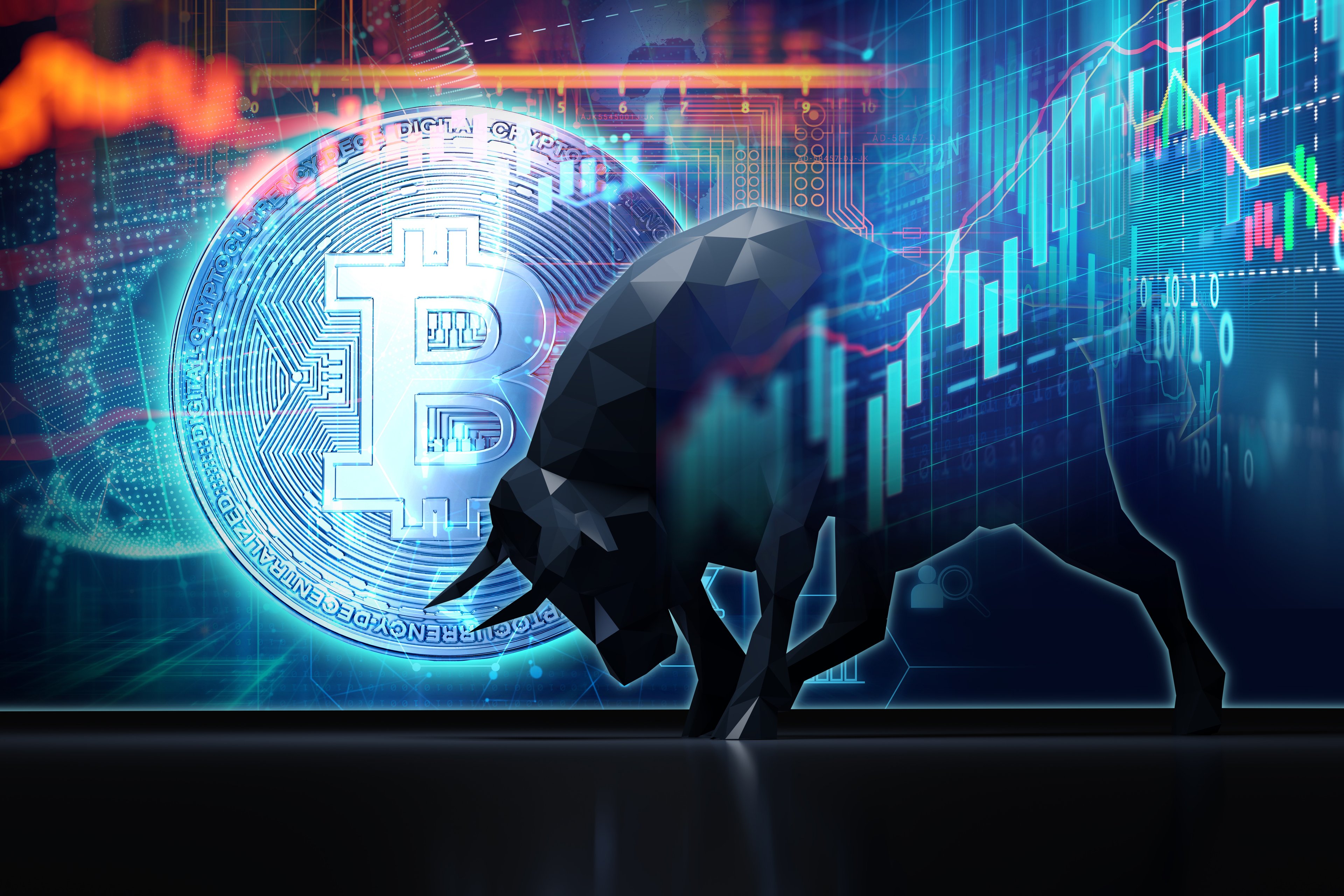Remarkably, XRP (XRP 0.67%) handed holders a tidy 43% gain in just 30 days in the period ended July 29. Yet every rally, no matter how much it is supported by an asset's strong fundamentals, eventually stops to catch its breath.
Seasoned investors know the question isn't whether a pullback will happen with XRP, it's when, how deep it will be, and whether it will be caused by something that changes the long-term thesis for investing in the coin. So let's unpack the forces that could pump the brakes on XRP, and explore why dips in this asset often end up looking in retrospect like clearance sales rather than collapses.

CRYPTO: XRP
Key Data Points
XRP's summer sprint is impressive, but gravity never fails
Price moves as brisk as XRP's run-up this summer rarely last without at least a speed bump. A trio of variables could spark one before long in this case.
First, rapid appreciation invites profit-taking, especially from investors who have held the asset from a low purchase price. On-chain wallet data show more than 78% of XRP supply is now held at a gain, leaving plenty of holders tempted to lock in wins if macro sentiment wobbles.

Image source: Getty Images.
Second, macro liquidity remains fragile, and while it's likely to improve during the next year or so, it could take longer than what holders are hoping for. The Federal Reserve's rate cut path is still contested, and global money supply growth hit a soft patch in June, the first downtick in five months. Slower liquidity growth tends to nudge crypto lower as marginal buyers retreat.
Third, highly anticipated exchange-traded funds (ETFs) holding XRP are not over the goal line yet with regard to their regulatory approval status. Bloomberg's analysts give a 95% probability that a spot XRP ETF wins approval in 2025, but the Securities and Exchange Commission (SEC) can still delay, add caveats, or surprise the market. An unfavorable tweak, or even a prolonged silence, could chill sentiment in the interim -- and the SEC has not exactly been rubber-stamping crypto ETFs this year, though expectations remain high.
Add all of this up and a downtrend to the tune of 10% or 20% would not be shocking. That may sting holders, but it would be entirely normal in crypto's highly volatile boom-and-bust cycle, and it wouldn't even count as a true bust within that framing either.
The bigger question is what fundamental progress shows up on the other side of any dip as a result of steady technology development for XRP by its issuer, Ripple.
Why buying the dip still looks smart
In terms of the coin's progress in advancing its fundamental value, investors have a fair amount to celebrate here, and more to look forward to in the near future. Both of those factors will help the asset to either continue its bull run or to reignite an uptrend after a correction if it's necessary.
Under the hood, XRP just installed several new drivers of long-term value accumulation.
In particular, on June 30, the XRP Ledger's (XRPL) Ethereum Virtual Machine (EVM) sidechain went live on the mainnet, allowing for smart contracts coded with the language that Ethereum uses to run on an adjacent ledger while using XRP for gas (user fees). That vastly widens the universe of applications that can settle on the ledger without compromising its low-fee payments core. It also means that the legion of smart contract developers working within Ethereum's vast ecosystem can now make applications that run on the XRPL without needing to learn much of anything new.
Meanwhile, Ripple's enterprise stablecoin is gathering momentum. It now has a Wall Street bank that has agreed to hold the dollars that back the stablecoin in its custody, and a major crypto exchange followed up with an integration that has already minted $122 million worth of the coin. Each of these stablecoin transfers uses XRP, adding fee volume and locking users into the ecosystem.
On the regulatory front, Ripple is also chasing a U.S. national bank charter, a move that would place its operations under federal oversight and grant direct access to Federal Reserve payment systems, which is an institutional trust signal few crypto issuers can match. If it succeeds, it will be undeniably part of the traditional finance cohort rather than simply a cryptocurrency company.
Put differently, every near-term wobble in the asset's price now has to contend with a freshly unlocked developer universe via the EVM sidechain, a regulated bank-backed stablecoin feeding daily traffic, a structural push toward ETF inclusion that could increase demand, and increasing reputability with holders of large capital and the financial system in general. Thus a pullback is not something to fear, so much as an opportunity to prepare for in advance -- emotionally and financially.
Assuming these catalysts continue to advance, the long-term supply-and-demand balance will continue to be highly favorable for buying and holding. Instead of trying to time the next downturn, it's wiser to decide in advance how much XRP belongs in your portfolio and then layer in your buys when gloomy sentiment pushes down the price.






